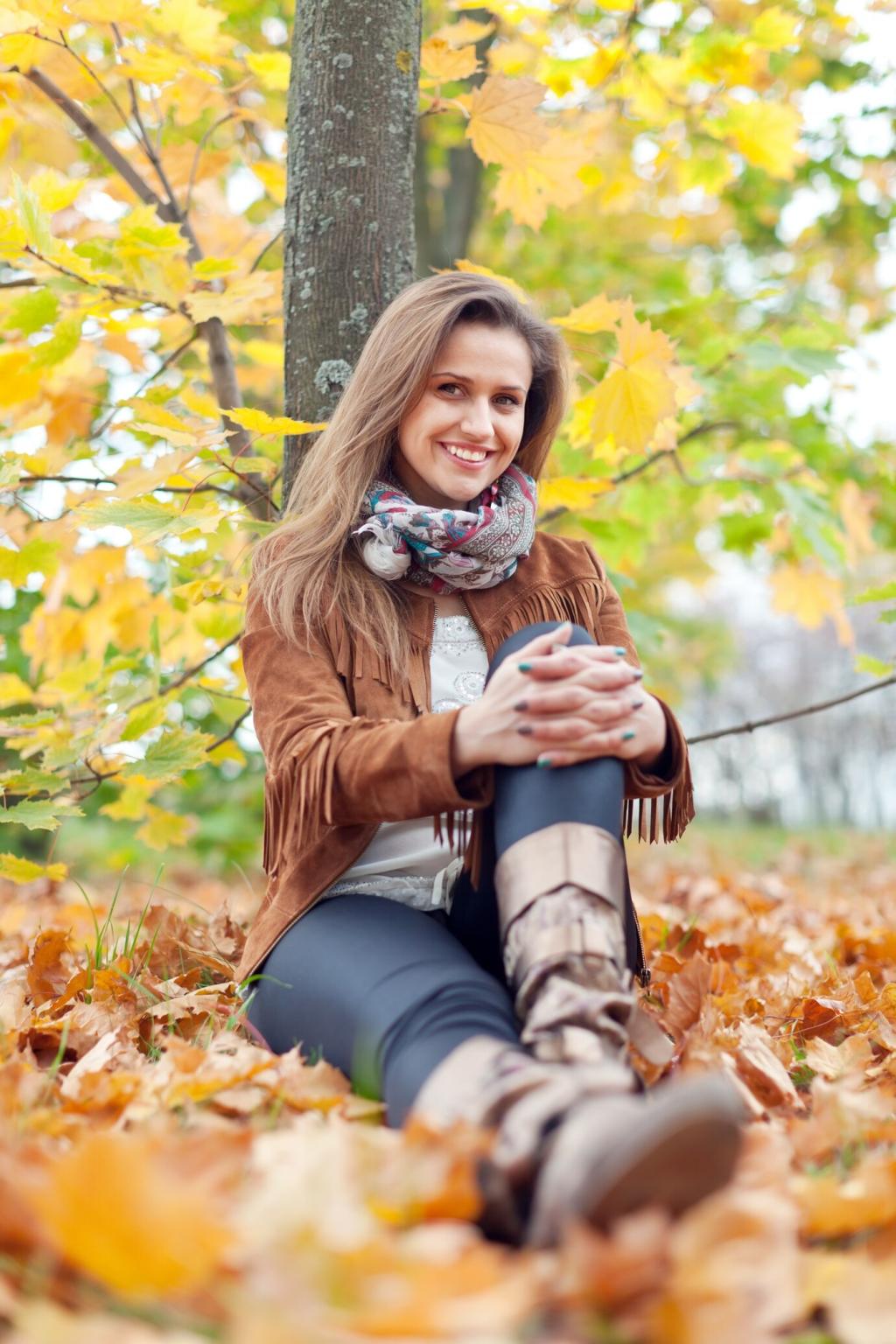Compositions that Embrace In-Between
Place lingering seasonal cues against arriving ones—sandals beside scarves, snow against blossom. Frame with leading lines and negative space to keep the dialogue clear rather than cluttered or cute.
Compositions that Embrace In-Between
People embody seasonal change through rituals—first coat, last swim, warming drinks. Seek candid gestures, then ask permission when appropriate. A genuine exchange often adds context you cannot stage or guess.







